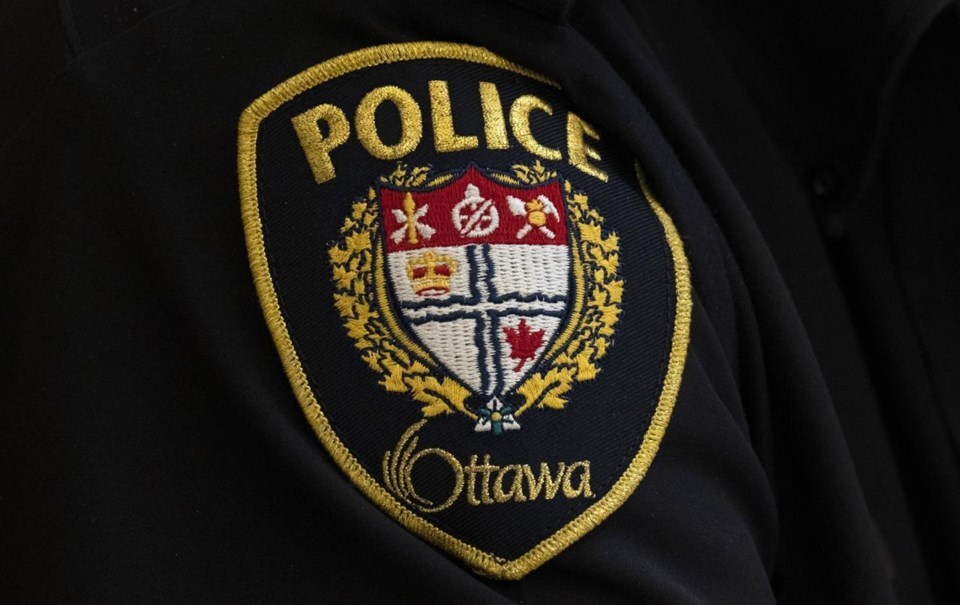
Ottawa’s city council has made it clear it does not want to see the «thin blue line» symbol on police uniforms, Mayor Mark Sutcliffe said Friday, but he did not condemn its use by the police union.
In an interview, Sutcliffe said that decision is in the hands of the Ottawa Police Association, which is defending using the controversial symbol for the second time in a week.
On Thursday, the police association tweeted the symbol on an image of the Edmonton police logo after two officers were killed in the Alberta capital.
Earlier this week, there was public outcry after it came to light that police officers wore hockey jerseys bearing the «thin blue line» flag during a charity game last Friday.
«I’m hopeful that they’re listening to what everybody has to say about it,» said Sutcliffe.
He added that the city is «not in a position to tell public sector unions of any kind what uniform they wear to a hockey game.»
The «thin blue line» has been adopted in recent years by far-right groups, and is widely seen as a symbol of an «us versus them» mentality within police ranks.
Police forces across the country have banned members from wearing the symbol while on duty.
In Canada, it generally looks like a blue line cutting horizontally across a black-and-white version of the Canadian flag.
Somerset Coun. Ariel Troster said in an interview on Tuesday that its use is creating division at a time when police are supposed to be rebuilding trust with the community after last year’s «Freedom Convoy» protests and long-standing allegations of systemic racism.
In June 2020, then-Ottawa police chief Peter Sloly told the police services board he hoped to create meaningful change during his time at the helm.
«From a cultural standpoint, we have to abandon the idea of a thin blue line that separates us from the community and instead embrace a thin blue thread culture that sees police interwoven with all of the threads in the fabric of society,» he said in the June 22, 2020, address to the board.
Sloly resigned in February 2022 at the height of the «Freedom Convoy» protests as criticism mounted over the force’s handling of those demonstrations.
In February 2021, the Ottawa police service banned officers from wearing the symbol on their uniforms.
However, the Ottawa Police Association maintains those patches were removed only because they were not part of the official uniform.
Matthew Cox, the association’s president, said in a written statement that the symbol is meant to honour fallen officers.
«While we don’t expect those who’ve never walked a day in the shoes of a Canadian police officer to understand the risk and courage it takes, we are angry and disappointed certain Ottawa politicians and advocacy groups have decided to create an alarming and inaccurate description of what it means to our members,» the statement said.
Cox said the association wants an «open dialogue» with community members and that it recognizes some do not feel safe around police.
And while the association says it welcomes opposing views, it added, «To suggest our members show the Blue Line for racist or misogynist reasons is wrong and goes against what we stand for.»
Troster, who was among those to condemn the use of the symbol, has since received threats and antisemitic messages online.
Cox also said he does not condone the threats directed at Troster.
Sutcliffe refused to say whether he feels it’s appropriate for the police association to continue using the symbol on its charity hockey jerseys and online.
«I’m trying to bring a bit of a nuanced perspective to what is obviously an issue on which people are naturally going to take sides,» said Sutcliffe. «I’m just trying to be respectful of everyone through this.»
In a written statement sent before the interview, Sutcliffe said the association’s use of the flag «has generated concern and controversy» and said the context in which is used is important.